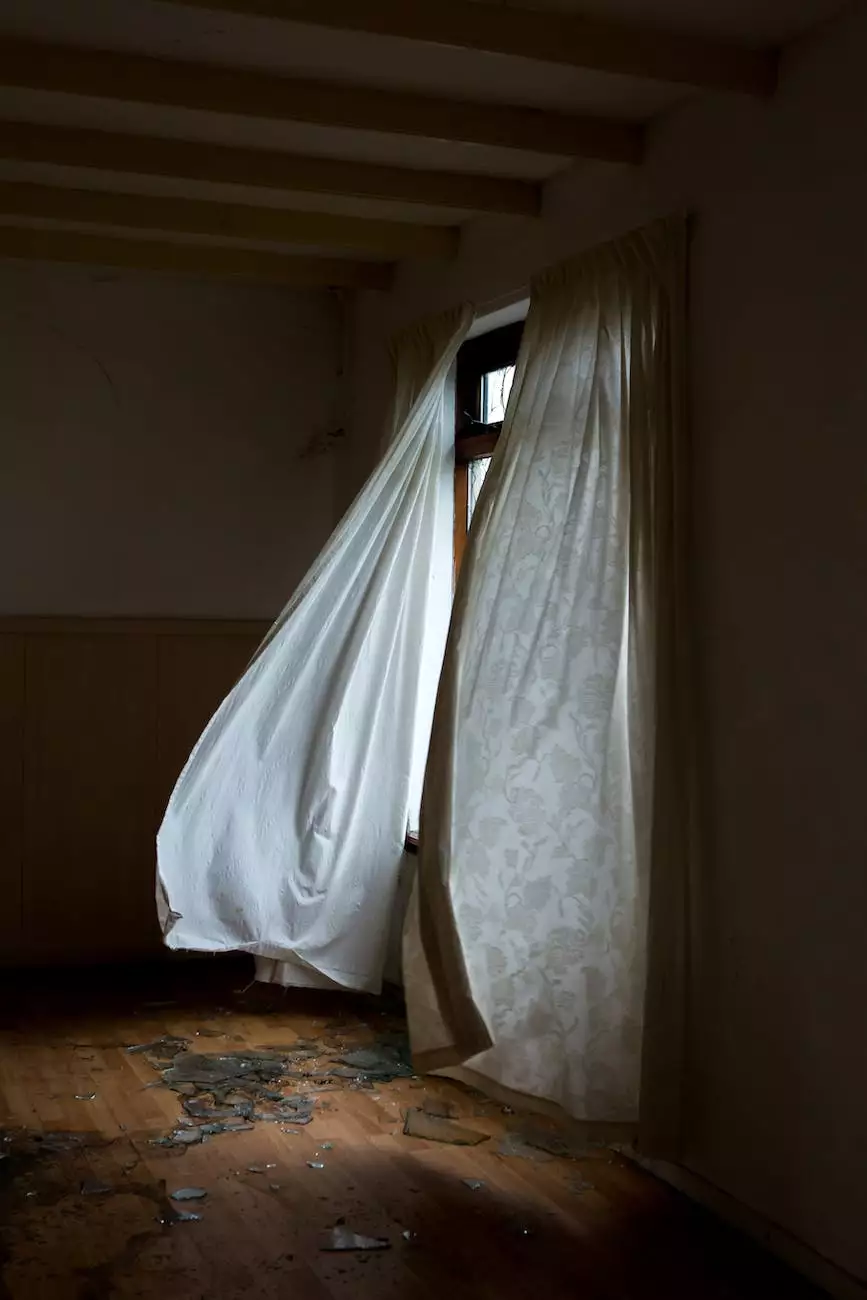How Many Layers Of Glass Are There In A Windshield?

As a leading provider of power window repair services, The Power Window Doctors have extensive knowledge of automotive glass, including windshields. In this article, we will delve into the construction of windshields and discuss the number of layers of glass that make up this essential automotive component.
Understanding Windshield Construction
Before we explore the number of glass layers in a windshield, it's crucial to understand how windshields are constructed. Windshields are made up of multiple layers of glass bonded together with a layer of polyvinyl butyral (PVB) in between. This layered construction not only contributes to the structural integrity of the windshield but also provides crucial safety features.
The Importance of Layers in Windshields
When it comes to windshield construction, the number of layers plays a significant role in ensuring the strength and durability of the glass. Standard windshields typically consist of two layers of glass with a layer of PVB sandwiched in between.
One of the primary purposes of the PVB layer is to prevent the glass from shattering upon impact. In the event of an accident, the PVB layer acts as a safety net, holding the shattered glass together and minimizing the risk of injury to the vehicle occupants. This feature is one of the reasons why windshields are classified as safety glass.
The PVB layer also serves another crucial function - it acts as a soundproofing and insulation barrier. It helps reduce noise from outside the vehicle, making for a quieter and more comfortable driving experience. Additionally, the PVB layer provides added insulation, reducing the transfer of heat, cold, and UV rays into the vehicle's interior.
Variations in Windshield Construction
While the standard windshield has two layers of glass with a PVB layer in-between, there are variations in windshield construction that add an extra layer of glass. These windshields, known as laminated acoustic windshields, are designed to further enhance soundproofing and insulation properties.
Laminated acoustic windshields, also referred to as triple-layered windshields, feature three layers of glass with two layers of PVB sandwiched in-between. The additional layer of glass significantly reduces noise transmission from the outside, resulting in a quieter cabin environment.
In addition to enhanced acoustic properties, some windshields may also feature specialized coatings. These coatings can provide added benefits such as increased UV protection, reduced glare, and improved visibility in various weather conditions.
Maintaining and Replacing Windshields
Proper maintenance of windshields is essential to ensure their longevity and overall performance. Regular cleaning using appropriate glass cleaners and soft materials is recommended to avoid scratches or damage to the glass surface.
In cases where windshields sustain damage beyond repair or develop cracks that compromise the safety of the vehicle, it becomes necessary to consider windshield replacement. Professional auto glass technicians, like the experienced team at The Power Window Doctors, are equipped to handle windshield replacements with precision and efficiency, ensuring the safety and reliability of your vehicle.
Conclusion
When it comes to windshields, it's clear that the number of layers of glass contributes to their strength, safety, and overall performance. Standard windshields have two layers of glass with a layer of PVB in-between, while some variations may feature an additional layer of glass for enhanced soundproofing and insulation properties.
For all your windshield-related concerns, including power window repair and replacement, trust The Power Window Doctors. With our expert knowledge and top-notch services, we are committed to keeping you safe and ensuring optimal vehicle performance. Contact us today for all your automotive glass needs!









